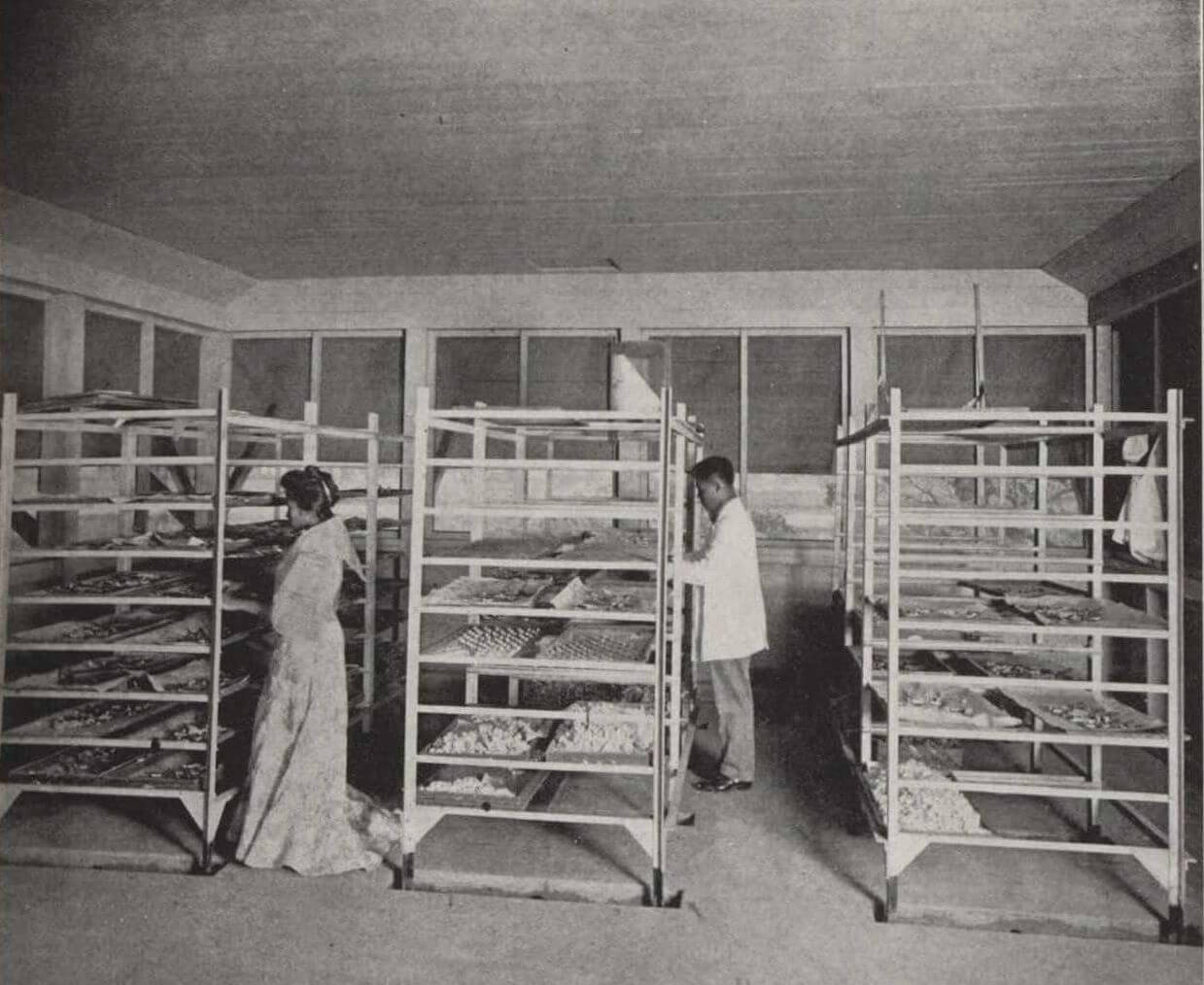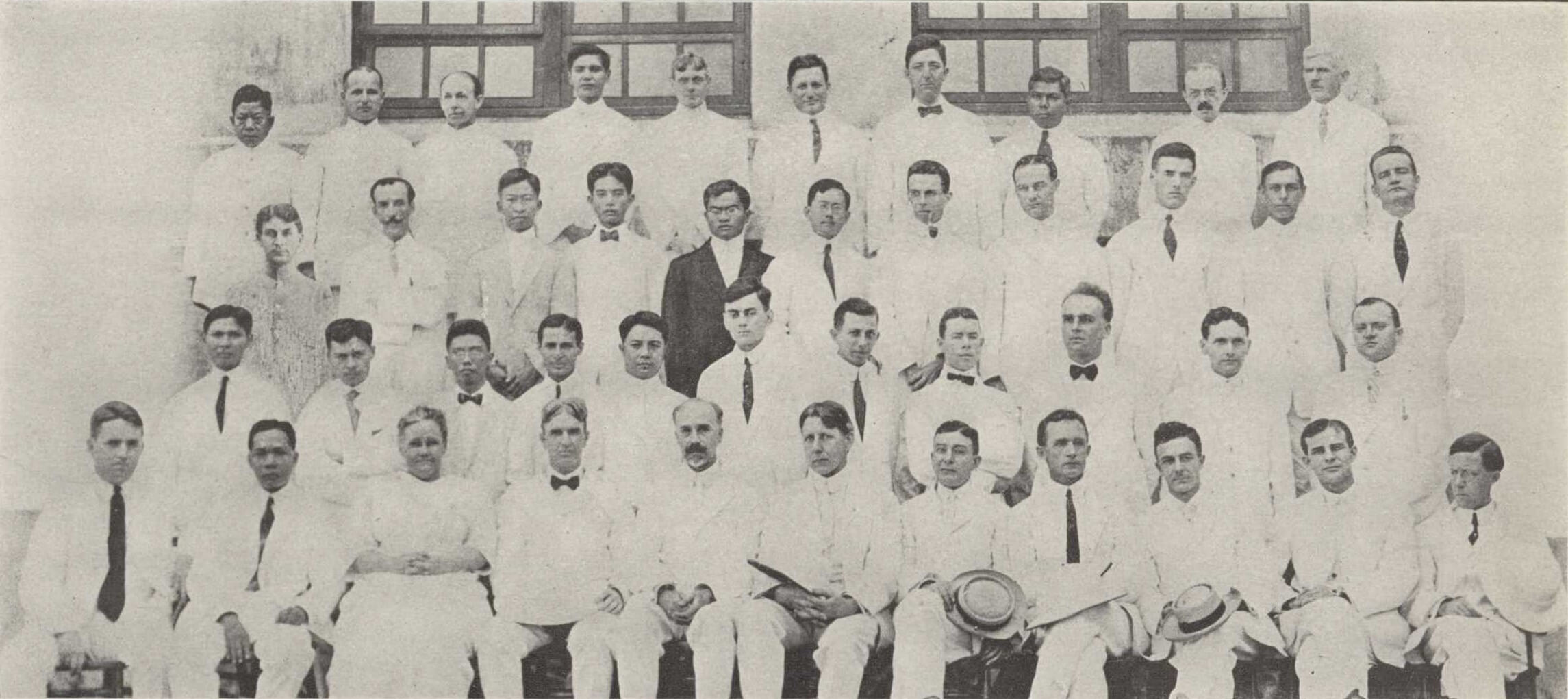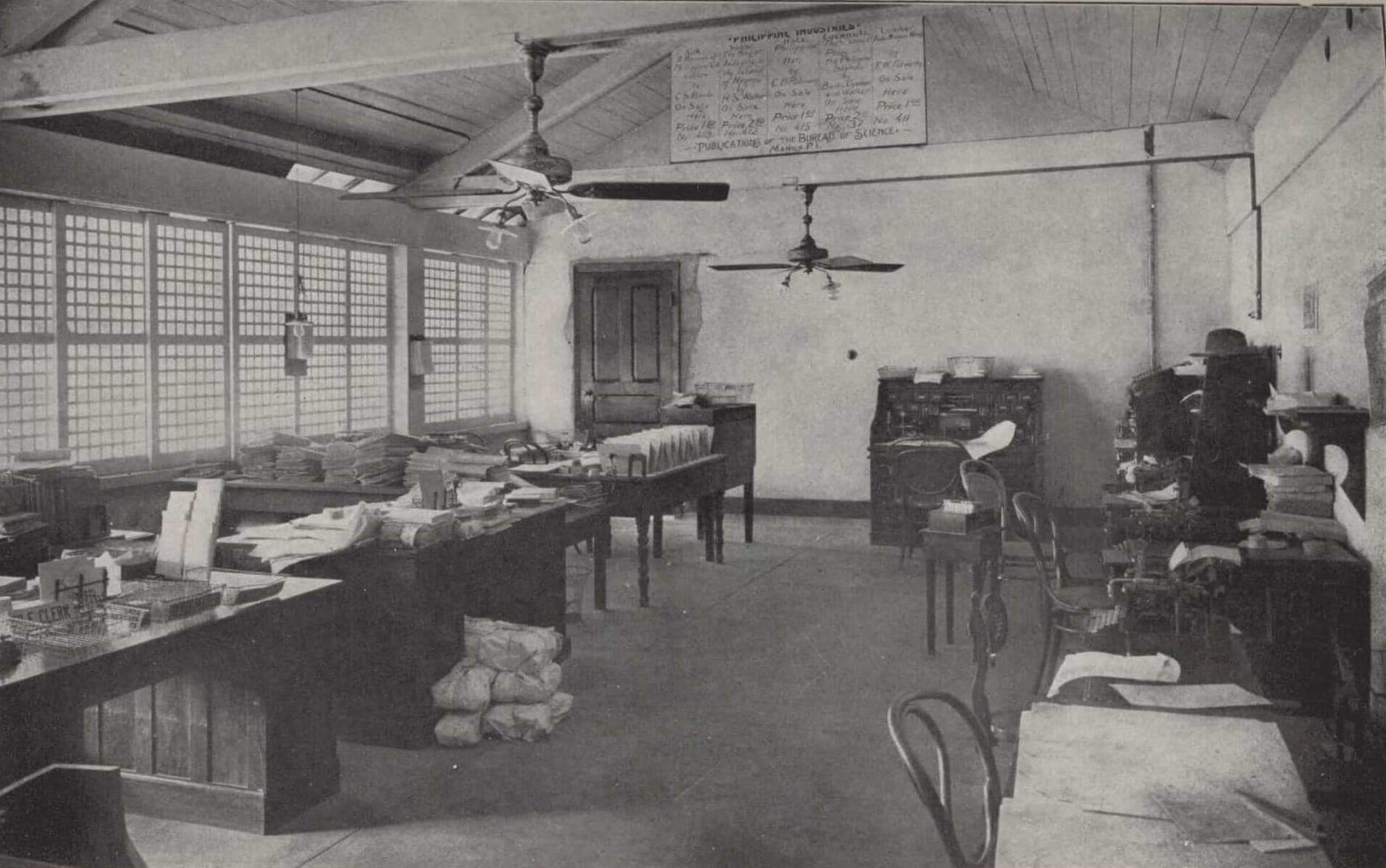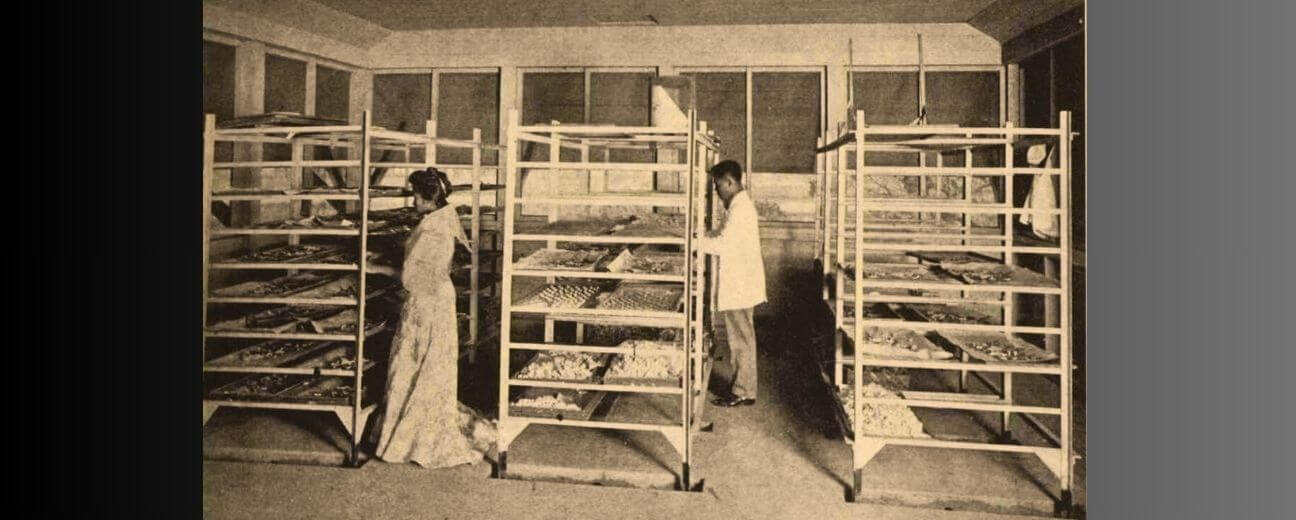A significant source for “Science as Routine” (available for free for the next three months) in the recent issue of Labor on history and the history of science are the annual reports of the Bureau of Science, an apparatus of the American colonial government in the Philippines. In these reports, the Bureau’s director reported the accomplishments of the scientific agency, described the activities of each division, and provided recommendations to maximize the resources allocated to them by the colonial state.
The reports furnished various kinds of data, from the budget allotted to specific investigations to the number of individual and institutional subscribers of the Philippine Journal of Science. They also disclosed the problems confronted by scientists working under the Bureau’s jurisdiction, from the lack of adequate laboratory facilities and qualified personnel to the challenges brought by external circumstances, including the First World War.
The language and format of the reports are characteristic of the bureaucratic documents produced during this period, written by scientists who performed managerial and administrative duties. The length ranged from twenty to eighty pages, including the introduction by the director, a page-long recommendation section at the end, an appendix, and an index. They also contain valuable photographs, which give us a visual sense of the Bureau—and science—at work, especially during the years before the destruction of its facilities in the Battle of Manila in February 1945.
The following selected photos appear in the new issue of Labor:

The original caption from the Eleventh Annual Report of the Bureau of Science (1912), “Fig. 1. Interior of the silk-house, showing ant-proof racks for the silk-worms.” In A Manual of Philippine Silk Culture, a 1911 Bureau of Science publication written by entomologist Charles Banks, producing silk was a potential industry, if the silkworms (which they brought from then-Ceylon and Japan) could properly acclimatize to Philippine environment.
In this photograph of the silk-house, we can see two laborers, male and female attendants, likely supervised by the Bureau’s entomologists. The Seventh Annual Report (for 1907-1908, printed in 1909) reported that students from the Manila High School were recruited to accomplish routine tasks in the silk-house. Under the supervision of an entomologist, they gathered the leaves to feed the caterpillars, cleaned the racks and hatching trays, observed their growth, and maintained the sanitation of the location to avoid ants, pests, and mice.

The Thirteenth Annual Report of the Bureau of Science (1915) showcased the “scientific staff” of the Bureau. This was comprised of the professional scientists—the ornithologists, anthropologists, botanists, chemists, and others, employed from 1913 to 1914. Only the names of individuals are listed below the caption. Immediately noteworthy are the Filipino employees, including pensionados—government scholars who were sent to the U.S. for further study and training—like Timoteo Dar Juan (second row, third from left) and Angel Arguelles (third row, third from left). Both chemists would become division chiefs in the succeeding decade. Dar Juan would leave for the private sector, while Arguelles would become the first Filipino director of the Bureau of Science in 1934.
Two more aspects of the photograph are remarkable. First, Andres Celestino (last row, first from left) is present, though he was part of the non-credentialed routine force that aided the scientific staff. Celestino collected specimens and assisted in zoological surveys and expeditions. He must have been highly regarded to be included in the staff photo. In the 1924 roster of government employees, Celestino’s position in the Bureau was assistant in ornithology, and though he worked longer in the Bureau than the younger but credentialed Dar Juan and Arguelles, he was paid much less.
Celestino would remain in the Bureau until the 1930s, listed as a “scientific assistant” in a 1933 cabinet meeting, one of the positions to be abolished or retired. In the approved but tentative list, the names of other employees of the Bureau of Science and their respective positions appeared: laboratory helper, clerk, preparator, junior scientist, and curator.
The only woman in the scientific staff is the librarian Mary Polk (lower row: third from left). Polk headed the acclaimed scientific library and trained Filipino male and female librarians under her wing. The staff would include more women beginning in 1918, when it hired new graduates of the state university as junior scientists. But that would still be a little less than five years after this staff photo was taken.

Catalina Sucgang, clerk of the scientific library who had assisted Mary Polk since 1910, must have spent part of her working hours in this clerical room. Here we see desks, accumulated paperwork, capiz shell windows, two ceiling fans, some chairs, and a board above that lists the publications of the Bureau of Science, the corresponding item number and its price. Among the clerks who called this room their workplace were the cashier, the disbursing officer, and the property clerk, forming the clerical division responsible for the Bureau’s administrative work.
The clerks, together with the silk-house attendants and assistants like Celestino, were the routine laborers of the Bureau of Science. At least within the Bureau’s compound in Manila, they worked alongside the scientists to make the Bureau of Science work. As the areas of scientific work expanded, so did the amount of routine work, its abundance frustrating the Bureau’s leadership. In 1921, after two decades of U.S. colonial rule, director Richard McGregor wrote: “An institution that does only routine can present a pleasing annual report, but is as dead as a director who does nothing but sign the documents to his desk.”
To avoid an institutional death, a balance between research—referred to by McGregor as “additions to knowledge”—and routine would have been ideal, but the lines were fuzzy and contiguous. Like research, routine was essential work that also required competence, but it was the kind that the scientists considered perfunctory and much less important.
By the 1930s, the problems related to routine would persist. The excessive routine work, primarily requested by government agencies seeking scientific information, strengthened the perception, at least among U.S. observers, that the Bureau of Science had lost its scientific character. This obstacle was deployed to argue against appointing a Filipino as director. But it was by then too late. Alongside changing political conditions, the workforce of the Bureau had become predominantly Filipino. It seemed inevitable that a veteran scientist like Arguelles, who had started working there in 1910, would become its director.
The career trajectories of scientists like Arguelles can also be traced using the annual reports which sometimes registered personnel promotions and the expanding scope of work and labor in each division. More research must be done to detail the behind-the-scenes atmosphere over the years, but at least, for now, what we see—especially in the visual record documented by the photographs– is a Bureau at work, producing scientific knowledge drawn from various kinds of research combined with routine labor.

Jonathan Victor Baldoza is a PhD candidate in History from Princeton University. His research has appeared in Philippine Studies, Archipel, and Labor.






